Off-Grid Paradise Monitored by SMA Sunny Portal

The Hakai Beach Institute(HBI), a former fishing lodge, is now a teaching, conference and science research facility located on a remote island halfway between the northern and southern borders of British Columbia, Canada.
The HBI is a place for scientists, archaeologists, students and artists to come and work within the incredible biodiversity located within its 215 acres. The HBI lives completely off-grid, producing its own electricity, treating its own water and managing its own waste. The HBI is an extremely sophisticated off-grid site that is dedicated to finding innovative solutions to sustainable living and leaving a minimal impact on the beautiful nature that surrounds it.
Choosing SMA Products and Service
When looking for a reliable source of energy, solar integrator Jason Jackson of Hakai Energy Solutions chose an SMA solution. The SMA Multicluster Box was chosen because it provides 24 hours of power in remote settings. The system consists of nine Sunny Island 5048-US, five Sunny Boy 6000-US inverters, one Multicluster Box and the Sunny WebBoxfor communication. HBI is also in the process of installing three more Sunny Boy inverters. It has been quite a pleasure to support the HBI system while working on the SMA Service Line. The WebBox connected to this system enables the SMA Service Line to analyze the
HBI system while being on the phone with Jason 1,500 miles away.
Access to Real Data
The HBI is willing to share information and has therefore made all of its Sunny Portal pages public. Any customer with the Sunny WebBox and Sunny Portal can also opt to make their pages public. This can be an extremely useful tool when monitoring a customer’s site or selling a system in their neighborhood. Using the publicly available plants also gives designers and installers access to real market data. To view the Hakai Beach Institute Sunny Portal page click here. For more information on installed systems similar to the Hakai Beach Institute: AC vs. DC coupling For more information on SMA Off-Grid Solutions click here.
Solar Spotlight aims to highlight SMA inverters in real-world situations. Email us with information about your SMA-powered PV projects at SocialMedia@SMA-America.com

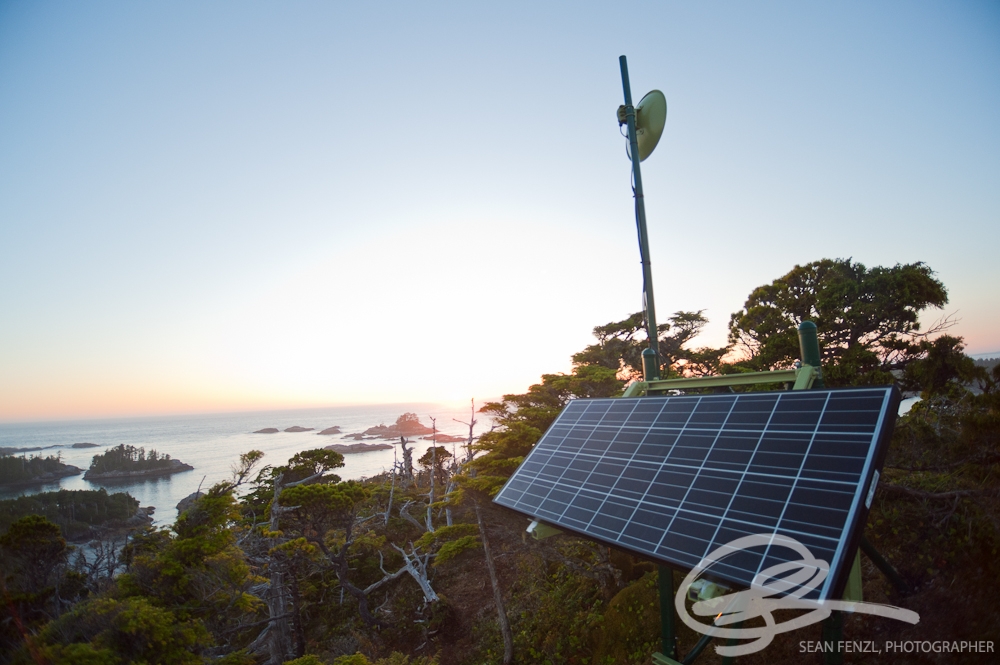
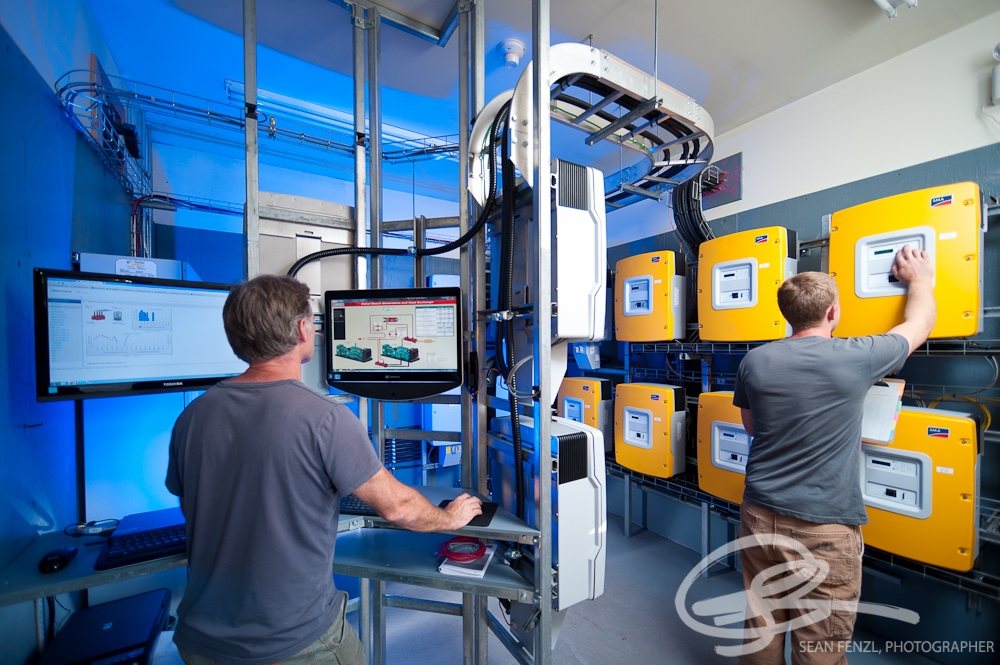

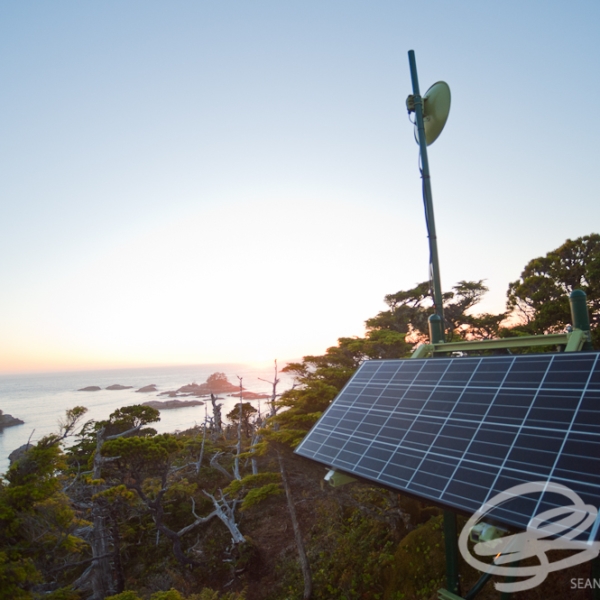
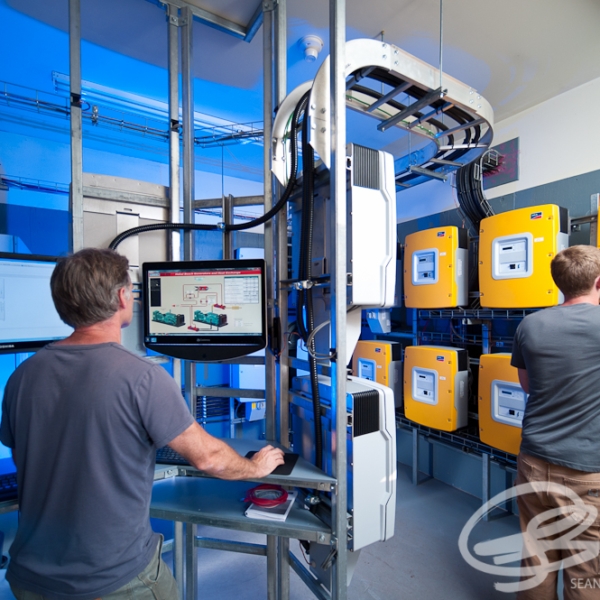

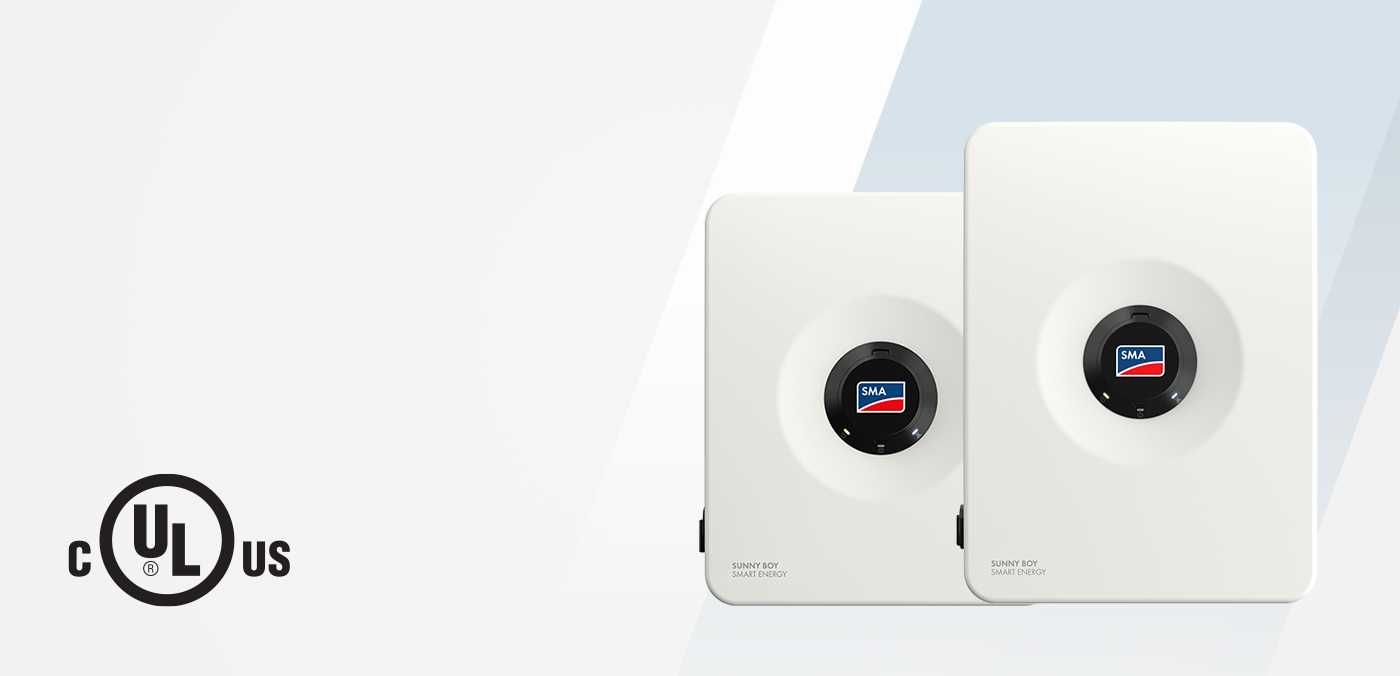

One last thing if you don’t mind…
Are there any case studies available that show AC-Coupling and it’s effects on charging batteries? ie, less cycling and longer battery life.
Hi,
Just learning about this and trying to get my head around some concepts, so please bear with me.
I can understand how an AC-Coupled system is advantageous due to the fact that you can add an input anywhere on the mini-grid. My question is, how do you deal with loss? If for instance you add PV to the roof of an outlying building that is half a mile from the battery bank. The current system (DC -Coupled) that I am familiar with uses step up and step down transformers to bridge these distances. If an AC-Coupled system was considered for this scenario how would it work?
Second question; if one of the power inputs was micro-hydro, could it contribute just like PV (if generated in DC), if it were connected thru a Sunny Boy?
Thanks, I’m learning a lot here!
Ron
The Sunny Island AC Coupled system is a great product and this is a great install !
Bill had a really good write up in the Solar Industry magazine starting on page 48 that goes into more detail about the Hakai Institute. Bravo Zulu, Bill!
http://www.solarindustrymag.com/digitaleditions/Main.php?MagID=3&MagNo=54